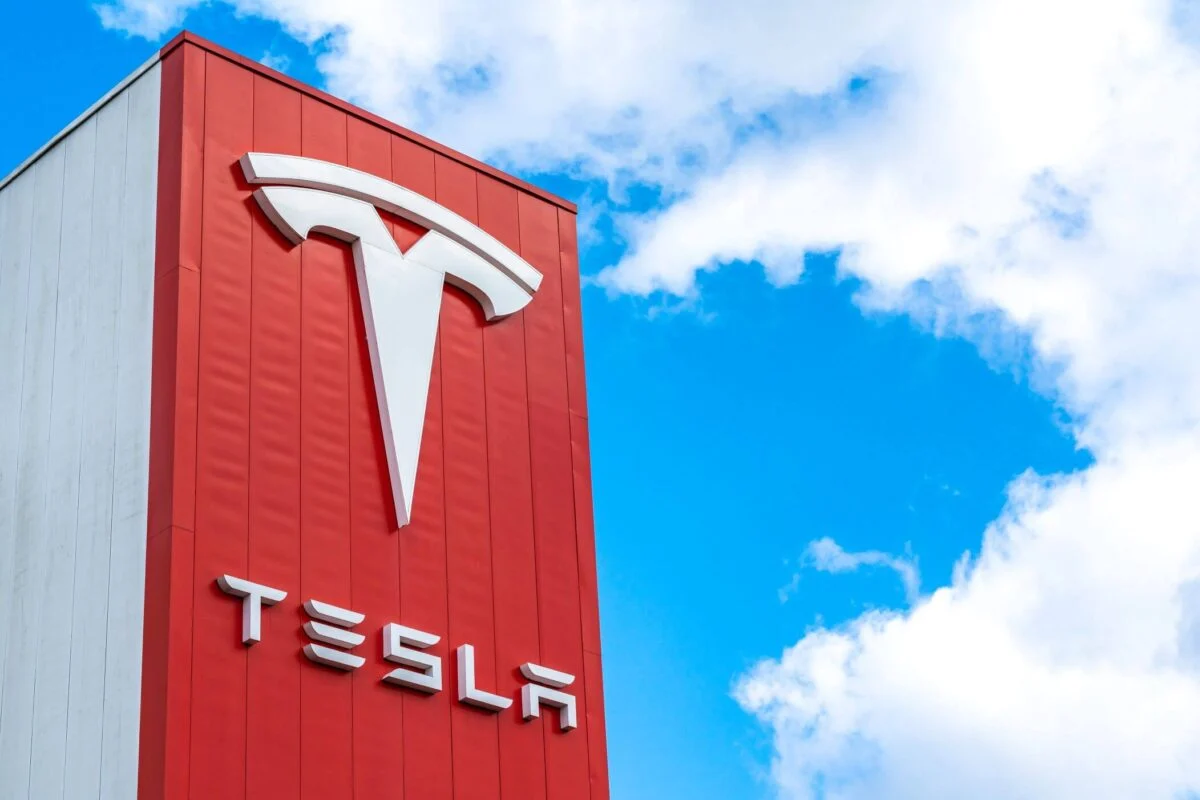The U. S. Department of Energy (DoE) has reportedly collaborated with AMD on two new supercomputer projects, utilizing Team Red’s latest AI chips to address scientific challenges. AMD to Collaborate With the U. S. DoE To Build Out Two Cutting-Edge Supercomputers, With Record Deployment Times Based on a new report from Reuters, it seems like AMD has managed to secure a massive partnership with the U. S. DoE, which involves the construction of two new supercomputers, mainly for academic purposes. This marks a major deal for Team Red, which is currently in pursuit of having its tech stack widely adopted by customers in [.].









